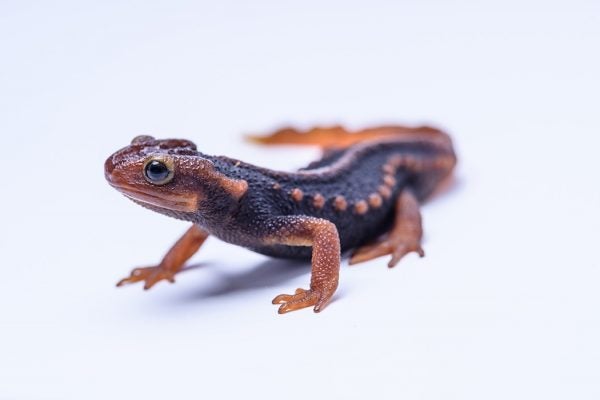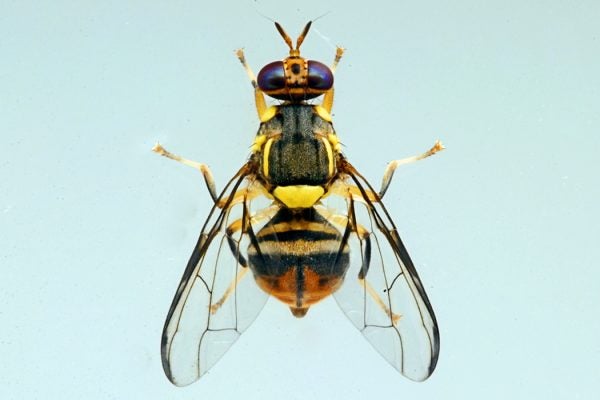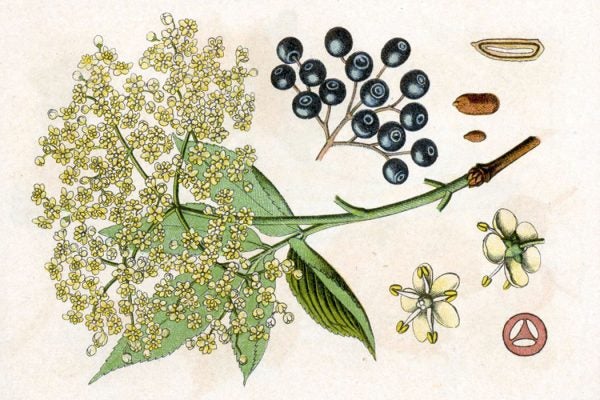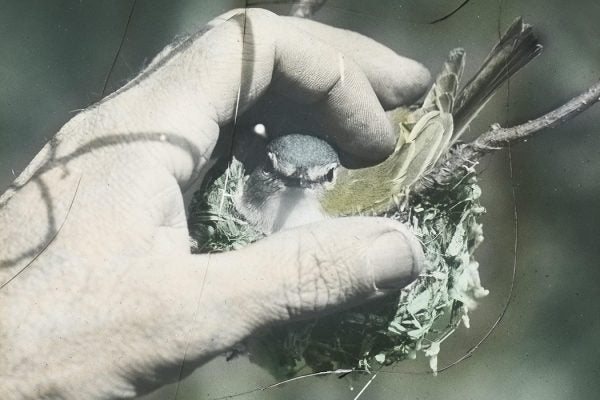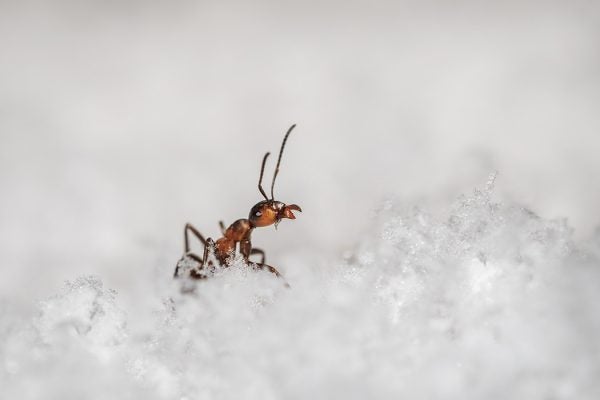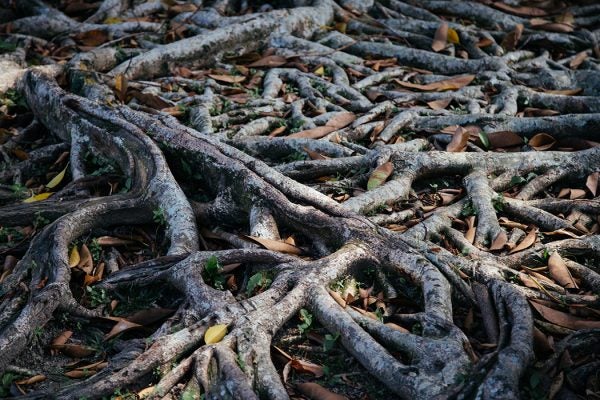The Quiet eDNA Revolution Transforming Conservation
The aquatic monitoring tool has powerful potential.
The True Costs of Invasive Species
The time between species arrival and the onset of management is critical to determining the ultimate cost of an invasive species.
What is Old Growth, and Why It Matters
Old growth forests are often famed for their beauty, cultural and historical significance. But there's more to old growth than just the age of the trees.
Ecological Surprises From Fires Down Under
The recent Australian 2019-2020 bushfires were devastating for people and fauna. Long term, they may not hurt wildlife and ecosystems as much as expected.
Why the History of Science Should Matter to Scientists
Two historians consider the field of taxonomy to ask what history can provide science at the bench level.
Plant of the Month: Elderberry
The recent entrance of elderberry into mainstream success is marked by an increasing popular desire to engage with traditional, “natural” remedies.
E. O. Wilson and Biodiversity
Everyone talks about biodiversity these days, but an entomologist just might be its fiercest advocate.
Bird Watcher
Herbert Keightley Job's work represents a major turn in the study of birds. Instead of shooting them, he photographed them, at least some of the time...
How Do Insects Survive Winter?
Some species have adapted to get themselves close to freezing without dying.
Why the Belowground Ecosystem Matters
Trees get all the credit. But for biodiversity, look down, too.
